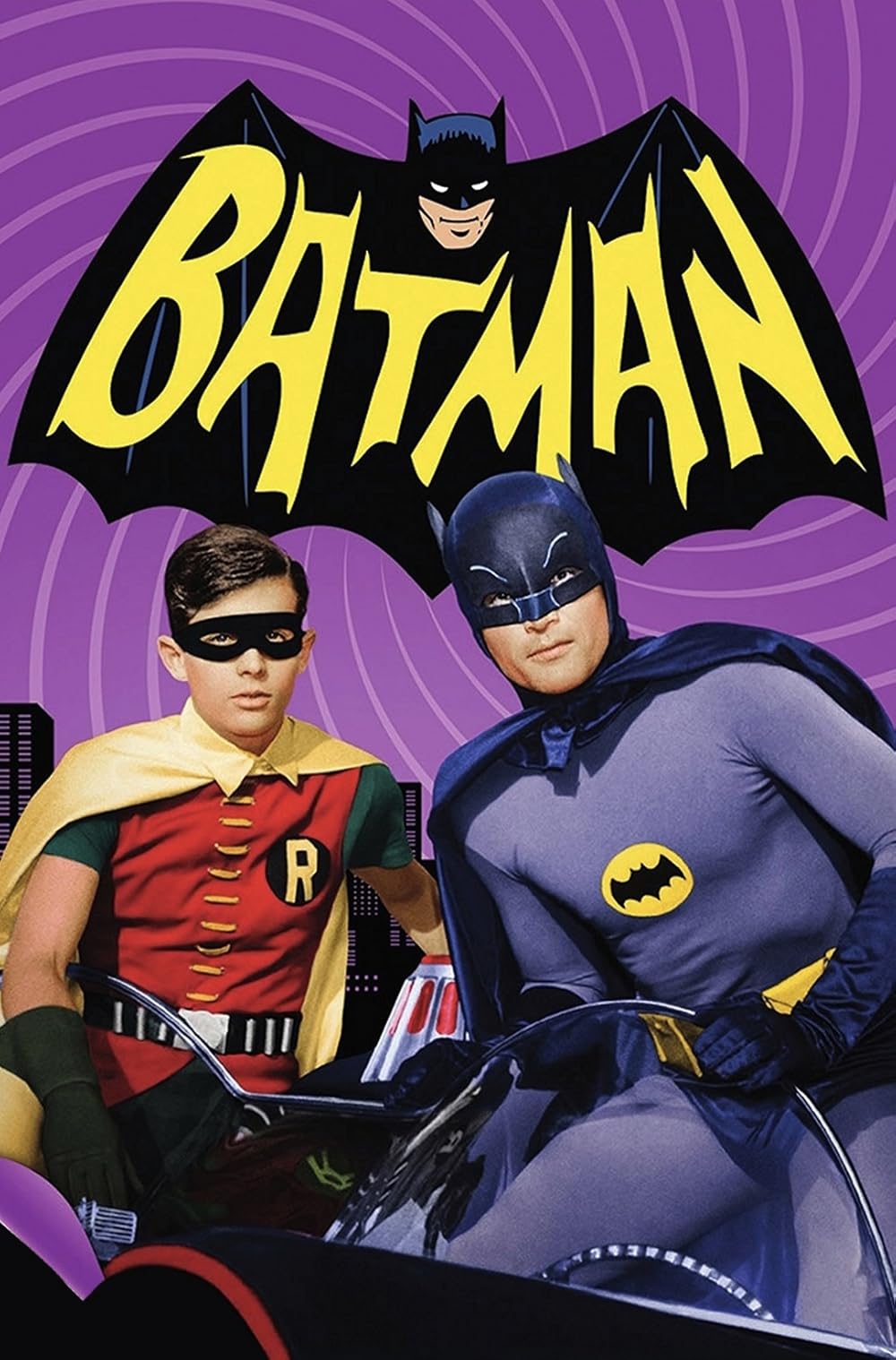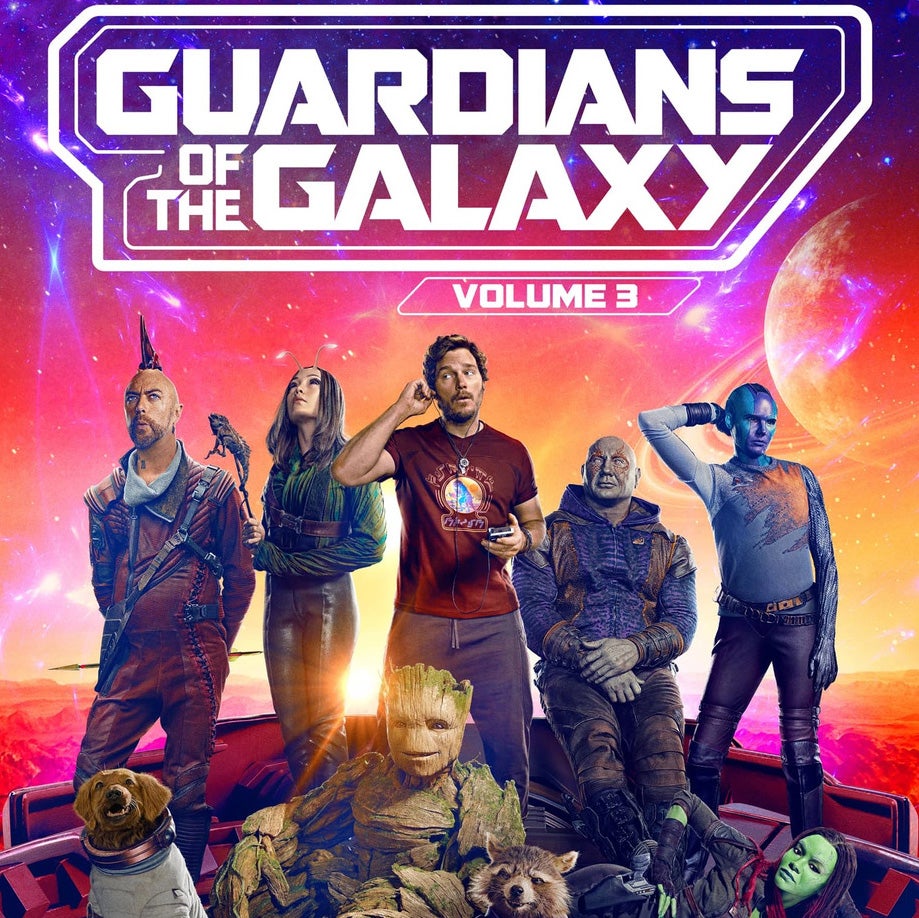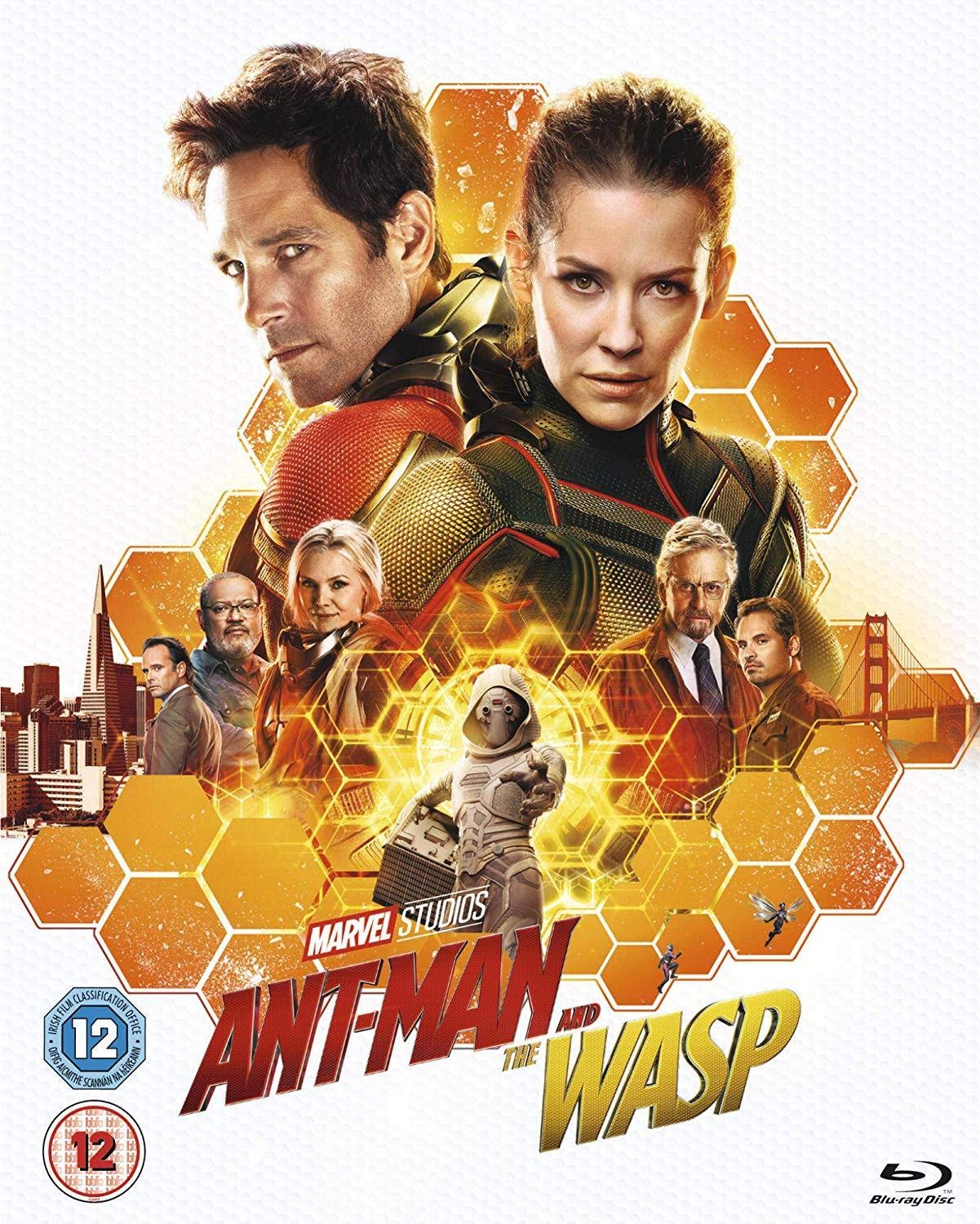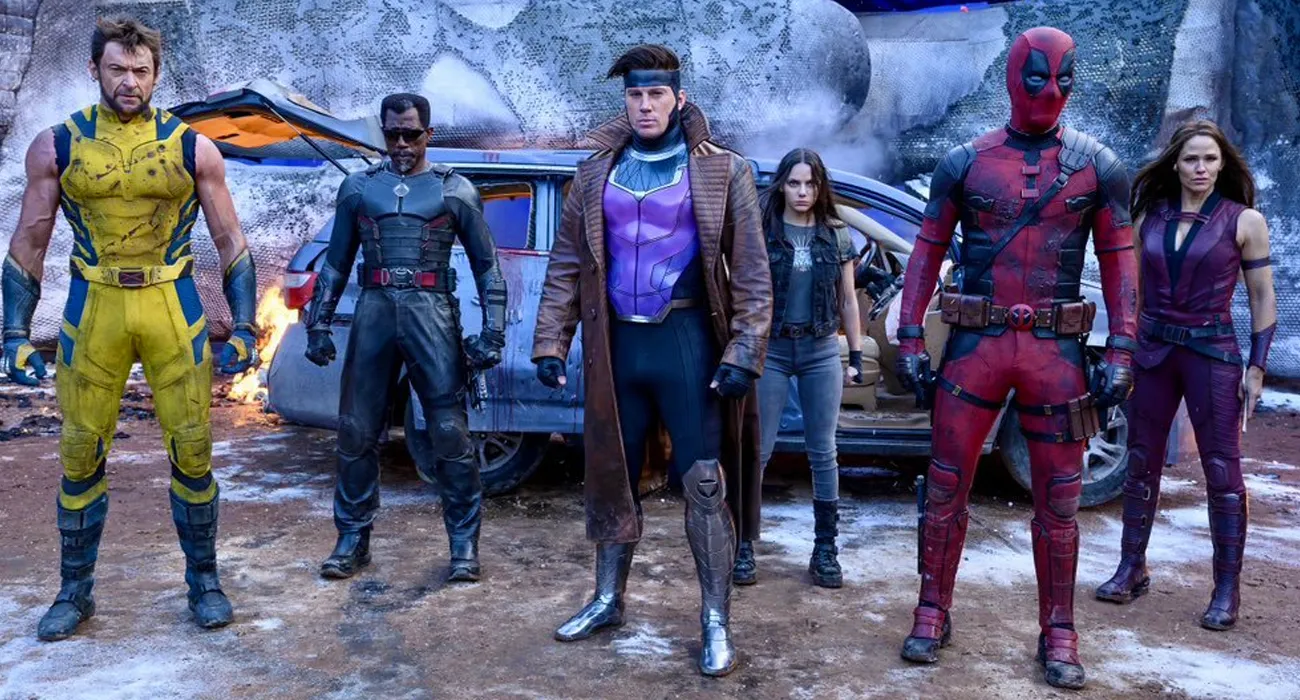Introduction to Batman
Batman is one of the most iconic and enduring superheroes in popular culture, known for his dark persona, complex moral code, and relentless fight against crime. Created by artist Bob Kane and writer Bill Finger, Batman made his first appearance in Detective Comics #27 in 1939. Since then, he has become a symbol of justice, resilience, and the human spirit, despite lacking any superhuman abilities.
Unlike many other superheroes, Batman relies on his intellect, physical prowess, advanced technology, and indomitable will to fight crime. His alter ego, Bruce Wayne, is a billionaire playboy who uses his wealth to fund his crime-fighting activities. Batman’s journey, his motivations, and his rich rogues’ gallery have made him a fascinating character across comics, television, movies, and beyond.
The Origins of Batman
The Tragic Beginning
Batman’s origin story is one of the most well-known in comic book history. Bruce Wayne, the young son of wealthy parents, Thomas and Martha Wayne, witnessed the brutal murder of his parents in a dark alley in Gotham City. This traumatic event shaped Bruce’s life and fueled his desire for justice. Swearing vengeance on criminals, he spent years training his body and mind to become a formidable force against the criminal underworld.
Rather than seeking revenge for the loss of his parents, Bruce Wayne channels his pain and anger into something greater: the creation of the Batman. He adopts the bat as his symbol, not only because of his fear of bats but because he wants to strike terror into the hearts of Gotham’s criminals, just as the bat struck fear into him as a child.
The Symbol of Gotham
Batman’s commitment to justice is rooted in his desire to save Gotham City from the criminal elements that plague it. Gotham, a city rife with corruption and villainy, serves as the perfect backdrop for Batman’s war on crime. His vow to rid the city of criminals is not only a personal mission but also a broader quest to restore hope to Gotham’s citizens. Batman represents the city’s last line of defense, and while he works outside the law, his actions are guided by a moral code that forbids him from killing.
Batman’s Villains: A Rogue’s Gallery
The Joker – The Clown Prince of Crime
Arguably Batman’s greatest and most recognizable enemy is the Joker, a psychotic and chaotic villain whose unpredictable nature poses a constant challenge for Batman. The Joker represents the opposite of everything Batman stands for, embracing chaos and anarchy. His iconic green hair, white face, and disturbing grin make him a memorable antagonist, and his deep psychological connection with Batman elevates him as a truly dangerous foe.
The Joker isn’t just a criminal mastermind—he is a reflection of Batman’s darker impulses and fears. While Batman seeks order, the Joker revels in disorder, making their battles not just physical but deeply philosophical.
Catwoman – The Complex Anti-Heroine
Another pivotal figure in Batman’s life is Selina Kyle, also known as Catwoman. A cat burglar with a complex moral code, Catwoman often oscillates between being an adversary and an ally to Batman. Her relationship with Batman is one of mutual respect, but it is also marked by tension, as both characters are willing to bend the rules for their personal agendas. Catwoman challenges Batman’s principles, and their cat-and-mouse dynamic has made for compelling storylines over the years.
Two-Face, The Riddler, and More
Batman’s gallery of villains extends beyond just the Joker and Catwoman. Other notorious criminals such as Harvey Dent (Two-Face), Edward Nygma (The Riddler), and Dr. Victor Fries (Mr. Freeze) have all played significant roles in Batman’s journey. Each villain is unique in their motivations, backstories, and relationships with Batman, making the rogues’ gallery one of the richest in comic book history.
The Batman Mythos in Pop Culture
Batman in Comic Books
Batman’s journey in comics has been long and varied. His stories have evolved over time, transitioning from the campy tone of the 1960s Batman TV show to the darker, more serious stories of the 1980s and beyond. Writers like Frank Miller, Alan Moore, and Grant Morrison have pushed the character to new limits, exploring deeper psychological and philosophical themes. Iconic storylines like The Killing Joke, The Dark Knight Returns, and Hush have shaped Batman’s image and further cemented his legacy in the comic book world.
Batman on Television
The Batman television series from the 1960s, starring Adam West, introduced the character to a new generation of fans with its lighthearted and campy approach. The show’s colorful visuals, comedic tone, and memorable catchphrases made Batman a pop culture phenomenon, albeit in a less serious form than his comic book counterpart.
In the 1990s, Batman: The Animated Series redefined Batman for a new generation, blending film noir with superhero storytelling. The animated series is widely regarded as one of the best adaptations of the character, bringing the Dark Knight to life in a way that captured both his heroism and his complexity.
Batman in Film
Batman has had a long and varied history on the big screen. Tim Burton’s Batman (1989) and its sequel Batman Returns (1992) introduced a gothic, stylized version of the character, with Michael Keaton donning the cape and cowl. The 1990s saw the more campy Batman Forever and Batman & Robin, starring Val Kilmer and George Clooney, respectively.
In the 2000s, director Christopher Nolan brought Batman into the modern cinematic landscape with Batman Begins (2005), followed by the highly acclaimed The Dark Knight (2008) and The Dark Knight Rises (2012). Nolan’s trilogy brought a grounded, realistic take on the character, focusing on the psychological toll of being Batman and the moral dilemmas the character faces.
More recently, Batman has appeared in the DC Extended Universe (DCEU), portrayed by Ben Affleck in Batman v Superman: Dawn of Justice (2016) and Justice League (2017). These films feature a more brutal and world-weary version of the character, reflecting the darker, more cynical nature of the modern superhero genre.
Batman’s Legacy and Influence
A Cultural Icon
Batman’s influence stretches far beyond comics, television, and film. He has become a cultural icon, representing the ideals of justice, perseverance, and the power of the human spirit. His popularity has endured for decades because of the timeless nature of his character: he is relatable, deeply flawed, and strives to make the world a better place, despite his limitations.
A Symbol of Hope and Justice
At the core of Batman’s story is his unwavering commitment to justice. Despite facing personal tragedies and operating without superhuman powers, Batman continues to fight for what is right, using his intellect, training, and resources to protect the innocent. His moral code—especially his refusal to kill—sets him apart from many of his adversaries and reinforces his role as a symbol of hope in a dark and corrupt world.
Conclusion: The Enduring Legacy of Batman
Batman’s legacy is one of the richest in superhero history. Whether in the pages of comic books, the pixels of video games, or on the silver screen, Batman continues to captivate audiences with his dark, compelling, and ever-evolving character. Through his complex stories, memorable villains, and deep philosophical questions, Batman remains one of the most important and beloved superheroes of all time, and his influence will continue to shape the superhero genre for generations to come.




